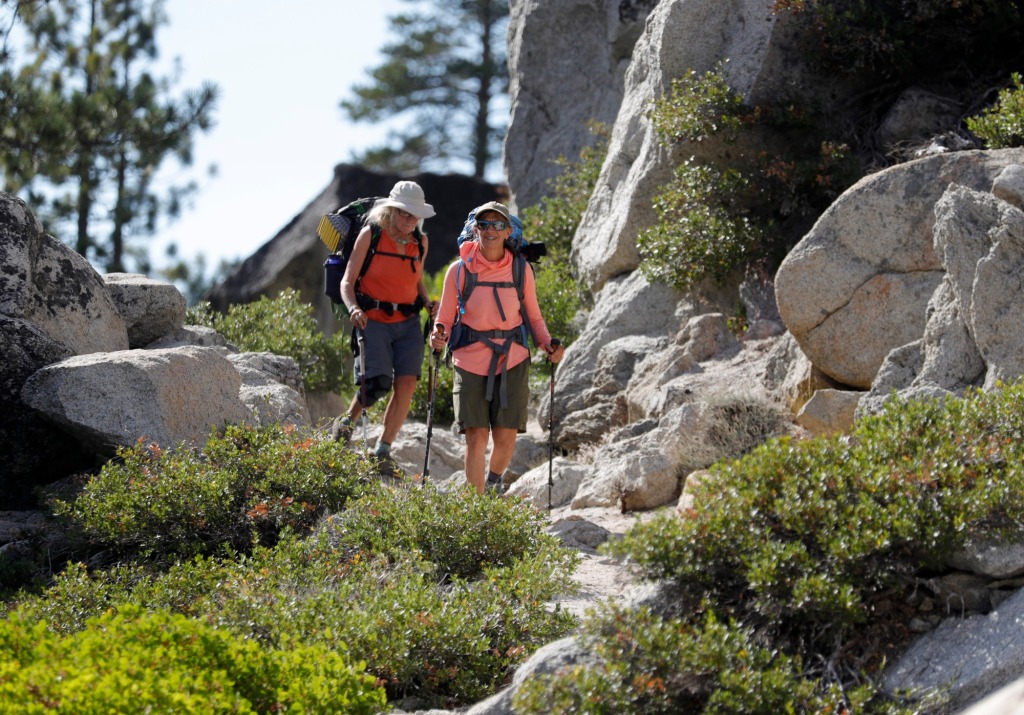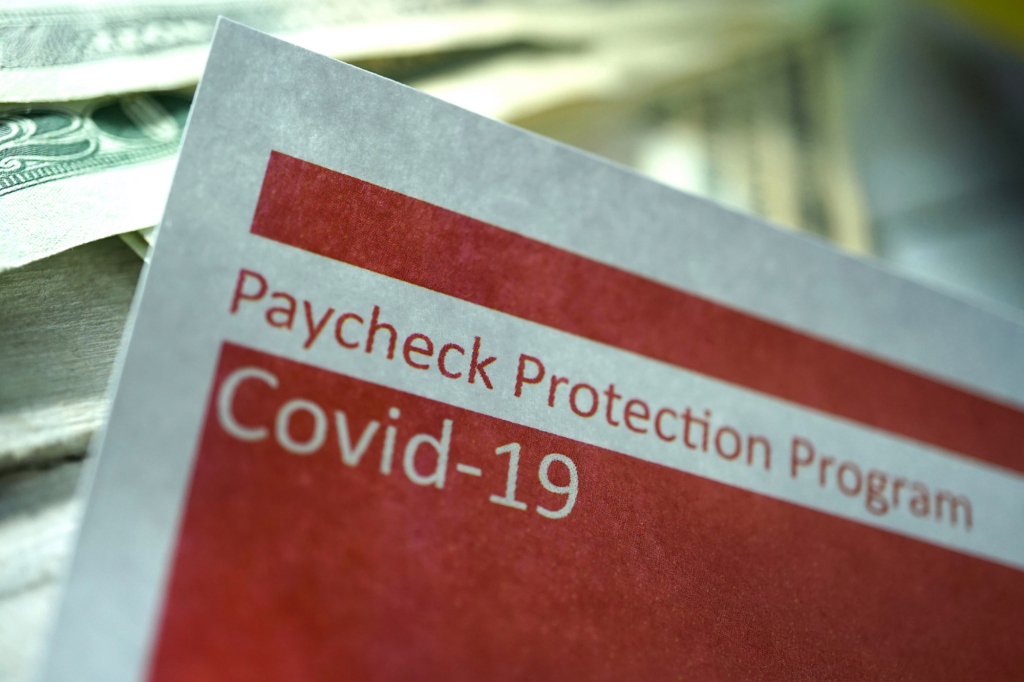Wildfire, always a danger in the back of a hiker’s mind, is now at the forefront as climate change creates weather and forest conditions that allow fires to start more easily and spread much faster. Not only can flames tear through forest faster than a person can run, today’s stronger and more sustained winds allow forest fires to advance more rapidly and less predictably, sending embers ahead and to the sides that can ignite new blazes.
With mega-fires now occurring regularly in California’s mountains, backcountry hiking requires new levels of planning, preparation, attentiveness, and, perhaps, a gadget or two. Here are suggestions from experts on how to get ready, and how to stay safe:
- Check websites such as InciWeb for fire information and PurpleAir for air-quality information before, and if possible during, backcountry trips.
- Give friends and family your itinerary, always know your location, and pay close attention to your surroundings in case you need to retreat.
- Know whether fires are prohibited where you’re going.
- Carry paper maps in addition to any digital maps or apps.
- Use cell phones and satellite-based devices to monitor weather, fires, wind, air quality and alerts such as Red Flag wildfire warnings, and to stay in close contact with people not in the wilderness who may have better access to weather and fire information. Many satellite-based messaging devices such as the popular Garmin inReach also act as rescue beacons; trekkers wishing to stay less connected may prefer personal locator beacons that are only for emergency rescue.
- Pay attention to signs at trailheads and trail junctions.
- Gather crowd-sourced fire and trail information from reliable websites and forums.
- Carry an N95 mask in case of smoke.
- Watch the sky for smoke, and use your nose to detect it.
- In burned areas, watch out for holes where trees once stood, along with falling trees and branches, and don’t hike or remain near standing dead trees if it’s windy.
Sources: Pacific Crest Trail Association; U.S. Forest Service










